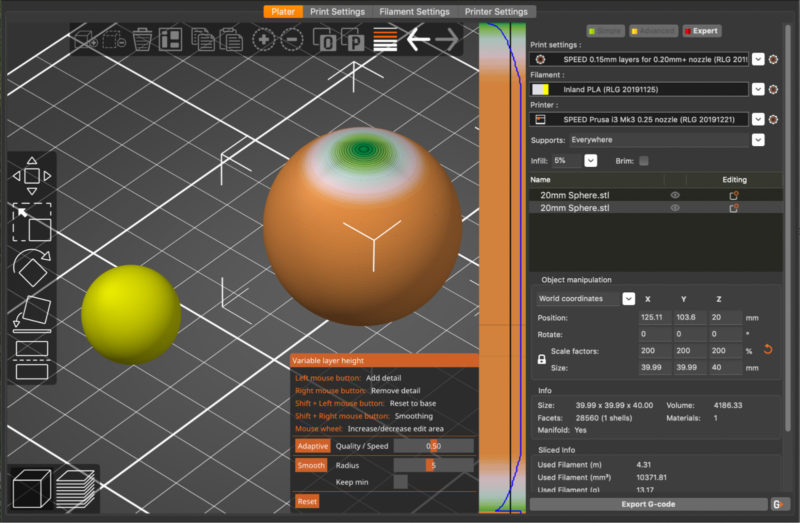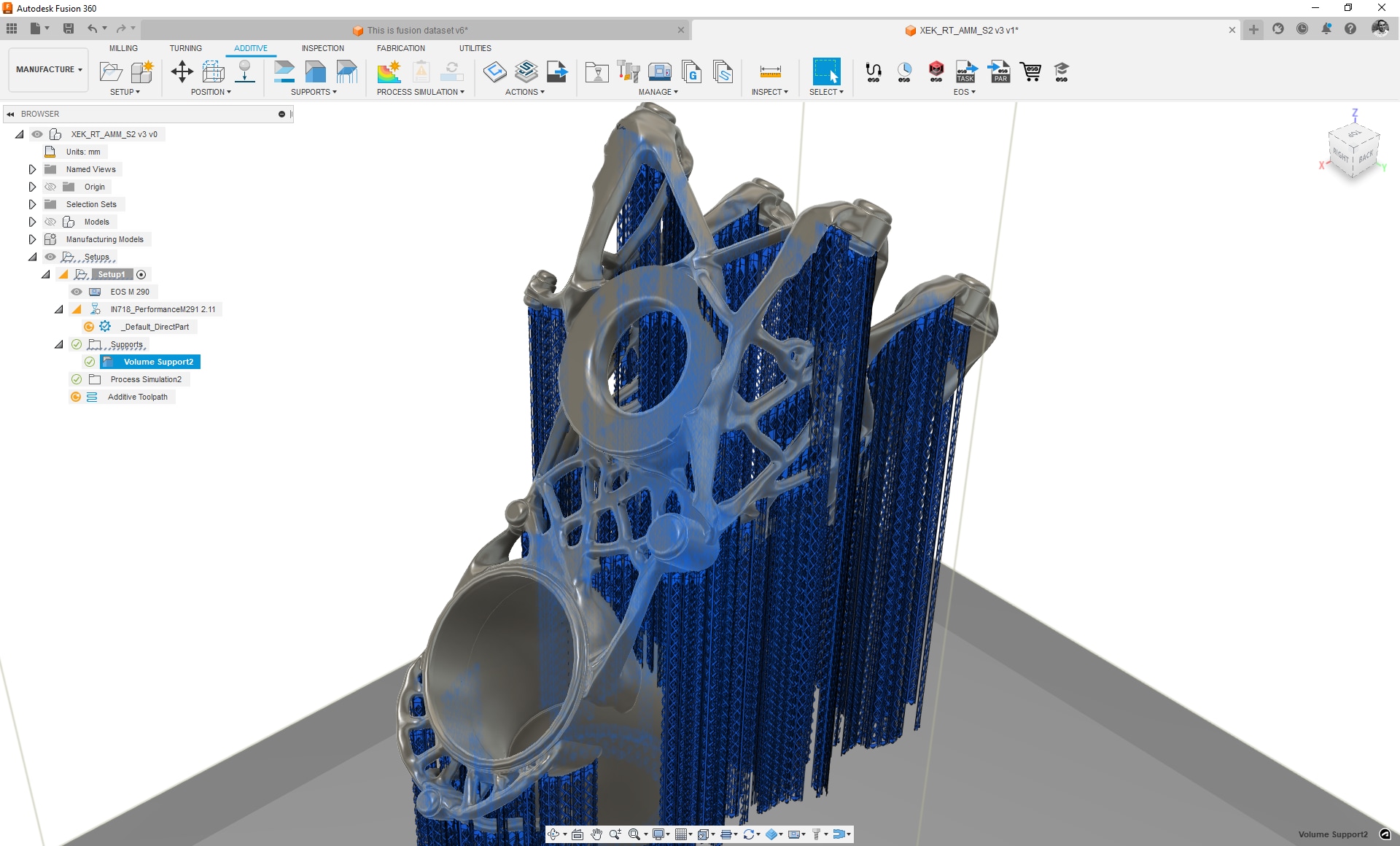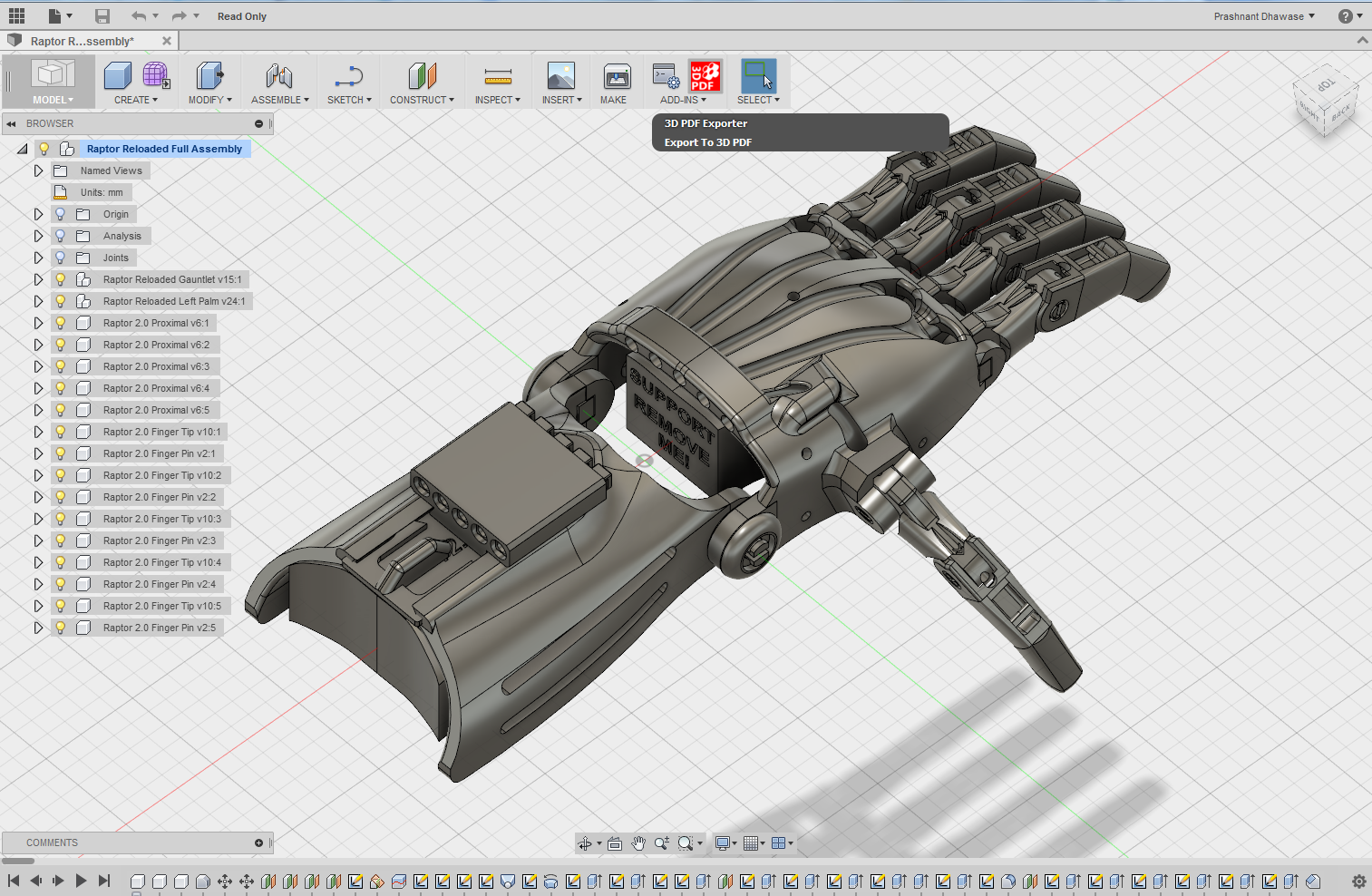19 Best 3D Printer Software 2024 All Types
Table Of Content

Larger nozzles will print faster than smaller nozzles, but at a cost of increased minimum thickness and height for your models. Also check which file types your slicing software is compatible with, so you can make your 3D designs into 3D prints. A 3D printing slicer – also known as slicing or print preparation software – is a program that converts a 3D model into a language your 3D printer understands. 3D slicing software then translates the model into a set of G-code instructions interpretable by a 3D printer. Developer AutoDesk also provides an extensive library of tutorials, learning resources, and projects to help you make that first step to creating a CAD design for 3D printing.

Fastest 3D Printers in 2024 (All Budgets)
Mastercam announces new CAD software add-on for 3D printing - TCT Magazine
Mastercam announces new CAD software add-on for 3D printing.
Posted: Thu, 14 Sep 2023 07:00:00 GMT [source]
It has an easy-to-use user interface and also supports multiple languages, including English, Spanish, French, German and Chinese. The software also supports a wide range of 3D printer formats, including PLA, ABS, nylon, TPU, and others. With its sculpting tools, you can also easily add organic shapes and details to your 3d models. With AutoDesk Fusion 360, you can easily create precise 3D prints with powerful features such as automated slicing and preview capabilities. Other features such as support structures and automated infill patterns can be beneficial when attempting to produce complex designs without sacrificing strength or accuracy. For those who already have a digital model ready for printing, there are slicers available that can convert this file into the language that most 3D printers understand so it can be printed quickly and accurately.
Printing Software For Fixing & Editing STL files
Finally, they send the printer the specific instructions it needs to carry out each step of the printing process. 3D printing software allows users, i.e., engineers or architects, to design a life-like project model. Meet the iconic 3D printing software “Tinker CAD.” This stunning web-based 3D modeling and development tool comprises a pretty easy to understand but super-useful and modernized interface. Some key features of the Ultimaker are that it lets users monitor all the 3D printing projects from a single interface.
Summary of Best 3D Printing Software
This powerful yet user-friendly software is suitable for a variety of industries, including mechanical engineering, manufacturing, and small product design. ZW3D’s modeling, editing, and simulation capabilities facilitate closer collaboration among development teams, helping to bring products to market more efficiently. OctoPrint is a free open-source web-based 3D printing host that offers complete control over both the 3D printer and 3D printing operations. The software can be coupled with a WiFi device (e.g. Raspberry Pi) so you can control your printer remotely using the web interface. You can also set the program up to send push notifications or alerts through messaging apps.
There are adjustment tools available for you to leverage for refining your 3D model. Considering the fact that 3D technology is evolving at a rapid pace, today, businesses need more features-oriented 3D printing software to get their sophisticated product designs built. We test the performance of each tool, ensuring an optimal creation process and a finished product that’s of high quality. Since every 3D modeling software is different, we also evaluate how well the program meets the needs of its intended user-base with its appropriately equipped toolkit.
Best 3D Printer Software 2024 (All Types)
Aside from its fantastic usability, SketchUp has some great features that make it a popular 3D modeling software. For example, the 3D Warehouse allows you to access user-generated and manufacturer-produced models to give your projects context and bring them to life. Blender is packed with powerful features which set it apart from most other 3D modeling programs and make it easy to create, transform, sculpt, and edit your models. It is completely free and easy to use, but still has everything you a hobbyist would need from a modeling tool.
It marries a sleek user interface with a solid set of tools that you can use to create everything from basic shapes to complex parts for 3D printing. Many 3D printing software tools come equipped with remote control interfaces that allow users to monitor prints in progress through a web browser or mobile device while away from the printer itself. This can be really helpful in the case of needing to intervene at any time during the process.
Moreover, some of this stunning tool’s best features are that it lets designers create 2D models that act as a base for creating 3D models quickly. Here is another open-source but extremely professional and quality-oriented 3D modeling tool that experts can use to create flawless prototypes of their projects or products. Unlike standard CAD and 3D modeling packages, in nTopology, you rarely create designs from scratch. Instead, you build design processes that you can then use again and again to generate optimized parts for 3D printing or other advanced manufacturing technologies. In our second MatterControl tutorial, users will learn to change the options in the slicer settings to directly impact the overall 3D print quality and the strength and detail of their 3D printed designs. MatterControl now comes with design capabilities that rival those of professional, pricy engineering grade modeling programs.
Recommended mode has new default settings that aim to save print time, material usage, and material costs. When choosing which software is best for 3D modeling, consider your use and needs, your skill level, your budget, and what fits your creative workflow. Hard surface is good for modeling things like buildings and cars, where digital sculpting is better for organic structures such as characters and animals. Maya now includes Bifrost procedural effects, enabling complex elements to be constructed using dynamic solvers.
There is an active community centered on Houdini and the website is also packed with webinars, tutorials, and guides that mean this advanced software is accessible to both hobbyists and expert modelers. Blender also has UV unwrapping, meaning you can easily unwrap your mesh inside the software. You can then use image textures or paint your own textures straight onto the model. The Rhino SubD tools provide total value for the money with the unique algorithm of QuadraMesh in action. These attributes give easily manageable workflows, leading to outstanding geometrical outputs.

Though not innately geared towards 3D printing, the relatively new 3D Print Toolbox and Mesh Analysis features take strides to make Blender a far more 3D printing-friendly program. Paid programs tend to offer a more intuitive and fleshed-out interface than their free counterparts, which can often be fairly barebones, leaning more on functionality than delivering a flowing user experience. Onshape is a development platform that aims to offer users a comprehensive set of tools to bring a product from idea to reality by combining CAD, PDM, collaboration tools, and even business analytics under one roof. SketchUp comes sided by 3D Warehouse, a catalog of user-generated designs that you can use as a launch pad for your own designs.
Additionally, it has a smooth learning curve with beginner-friendly visualization techniques. This software can be purchased at economical rates and is entirely devoid of extra maintenance charges. Further, its efficient functionality on ordinary laptops saves a lot of money usually spent to acquire additional hardware.
Comments
Post a Comment